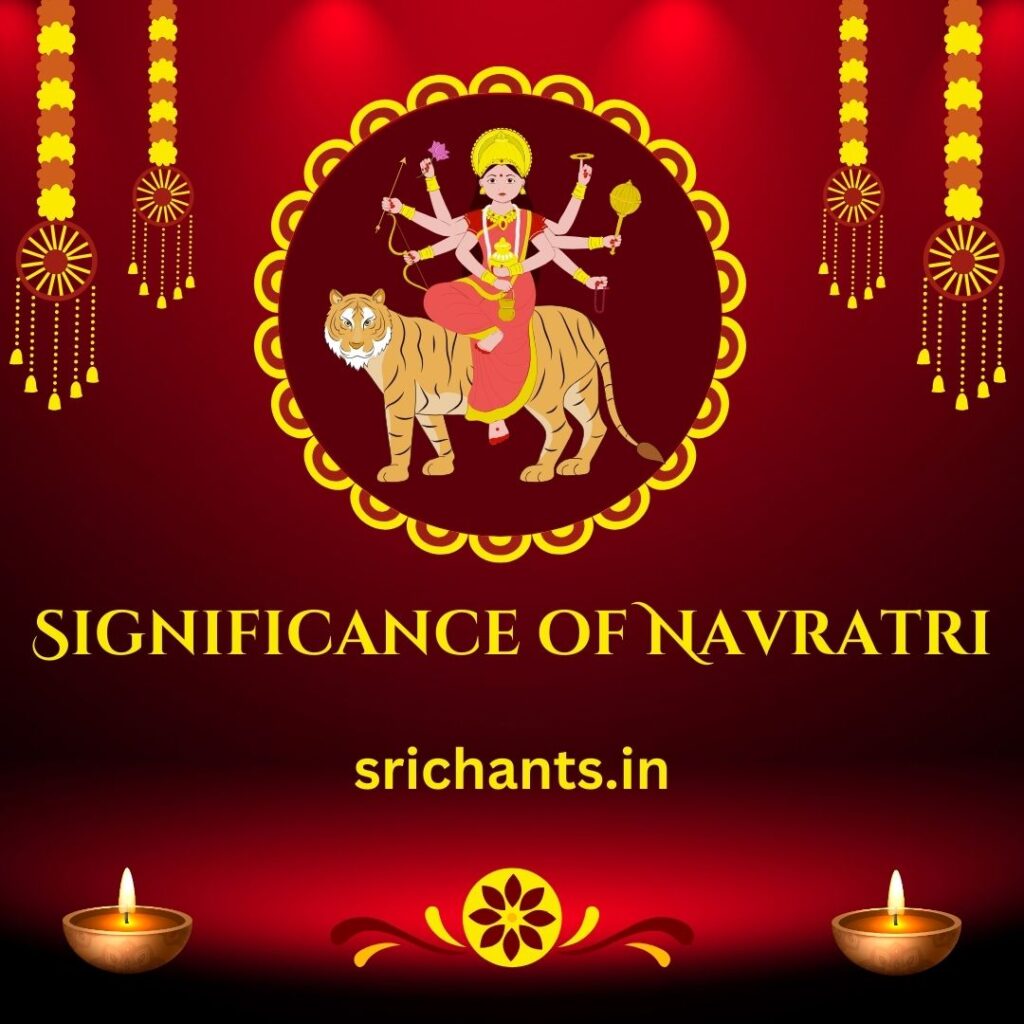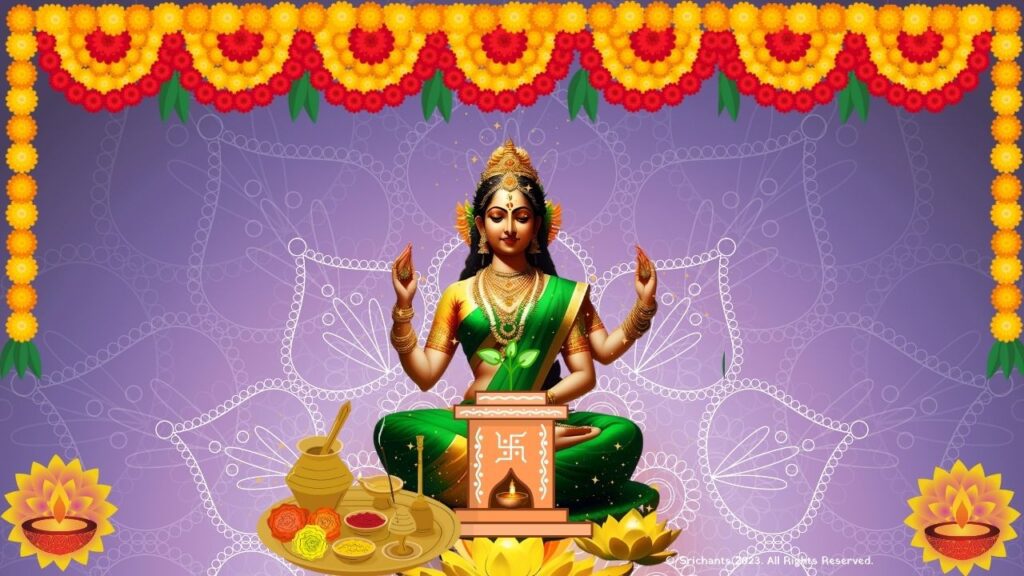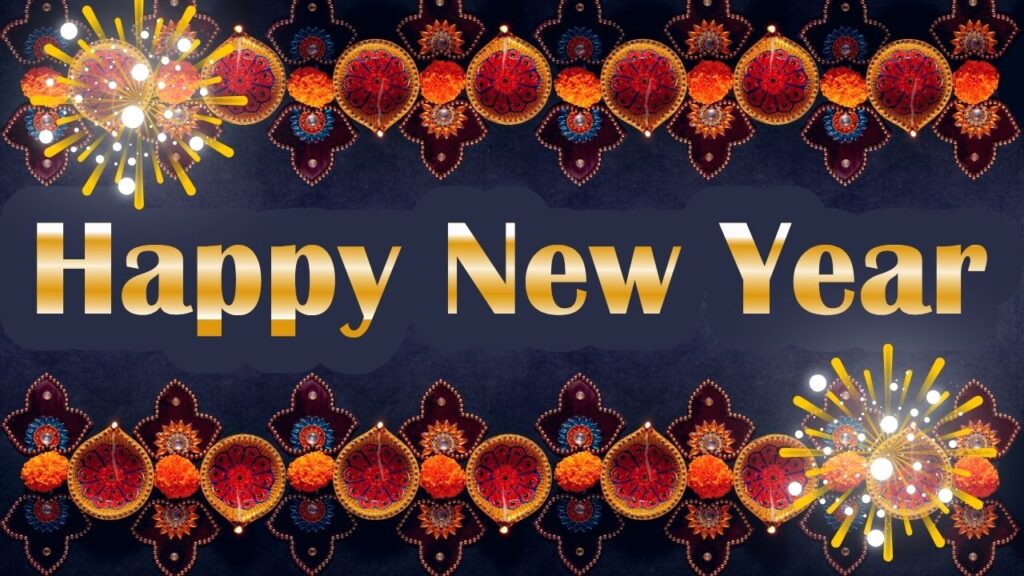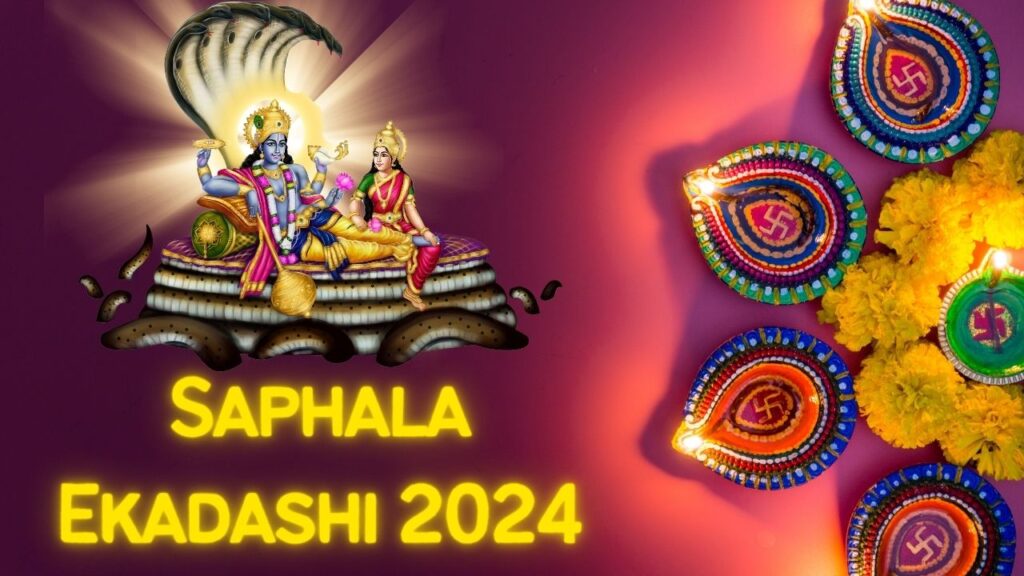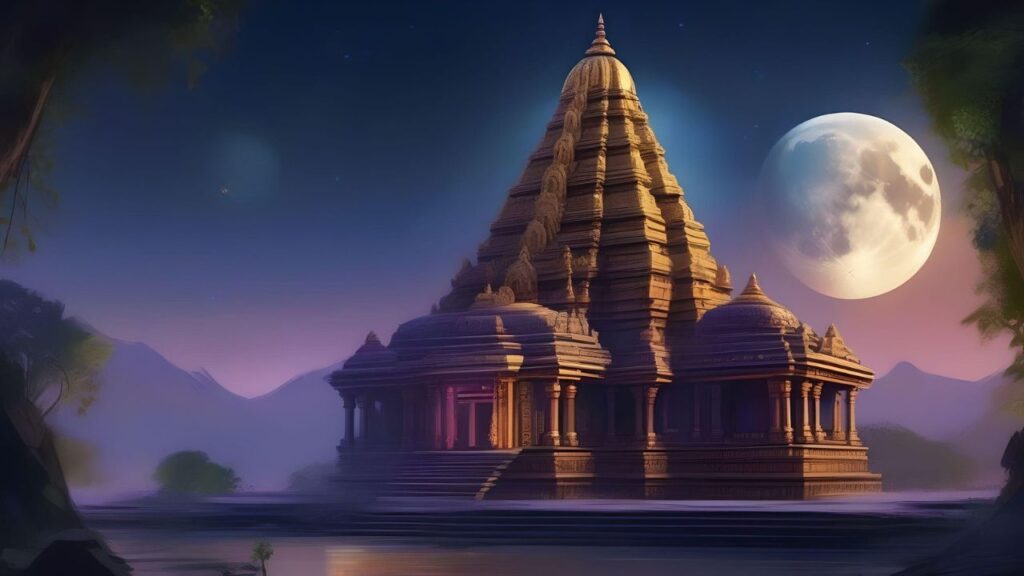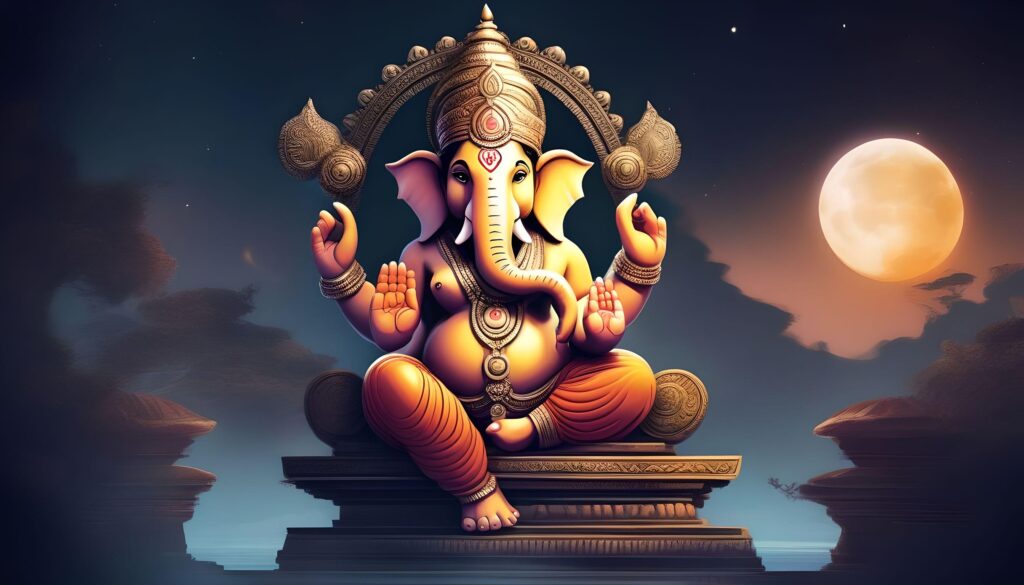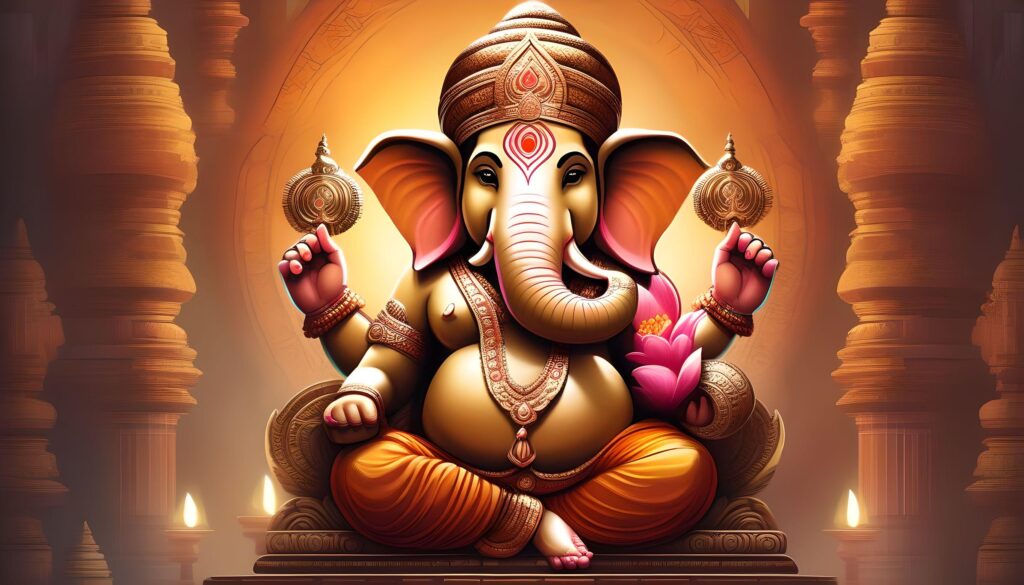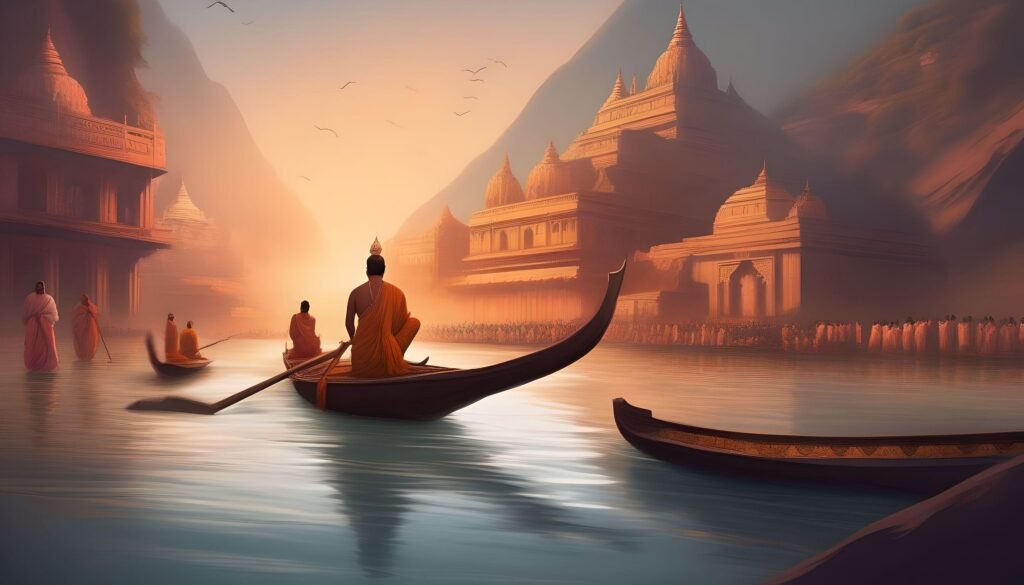Navratri Celebration : How is Navratri Celebrated In India
Introduction
Navratri, a nine-night Hindu festival that is dedicated to the veneration of Goddess Durga, is celebrated with great enthusiasm and fervor throughout India. This lively festival illustrates the diverse array of cultural traditions that are present in various states of the nation. From intricate religious rituals and elaborate processions to energetic dance forms, Navratri provides a distinctive and diverse experience in each region.
1. Gujarat: The Grand Garba Extravaganza
The energetic and colorful Garba and Dandiya Raas performances are synonymous with Navratri in Gujarat. Locals and tourists convene in exquisitely decorated venues to dance the night away, evoking a lively atmosphere of celebration and music throughout the state. Men don traditional outfits and flamboyant turbans, while women wear vibrant traditional attire adorned with exquisite jewelry. An electrifying atmosphere is generated by the rhythmic rhythms of the dhol and the clapping of hands, as individuals engage in synchronized movements to the melodies of traditional Gujarati music.
In addition to the vibrant dance festivities, Gujarat’s Navratri is also a time for spiritual devotion. Devotees observe a nine-day fast and offer petitions to Goddess Durga and her numerous manifestations. The divine energy is palpable in the state, as temples and households are festooned with flowers, lighting, and decorations. An atmosphere of joy and devotion is established by the fragrance of incense and the sounds of devotional melodies that permeate the air.

2. West Bengal: Durga Puja Extravaganza
Navratri is observed concurrently with the spectacular Durga Puja in West Bengal. Throughout the state, intricate idols of Goddess Durga are crafted and exhibited in exquisitely decorated pandals (temporary structures). The festival is characterized by the display of exceptional craftsmanship and artwork, with each pandal endeavoring to surpass the previous one in terms of splendor and creativity. The goddess’s blessings are sought as devotees congregate to offer prayers, and the air is filled with the sound of traditional dhak drums.
Durga Puja in West Bengal is not merely a religious festival; it is also a cultural extravaganza. Processions, indigenous dances, and musical performances animate the streets. The evenings are characterized by the melodious chants of devotional melodies, which are referred to as “Durga Aarti.” The idols are immersed in rivers or water bodies on the final day of the festival, which is referred to as Vijayadashami. This act symbolizes the goddess’s departure and the triumph of good over evil.
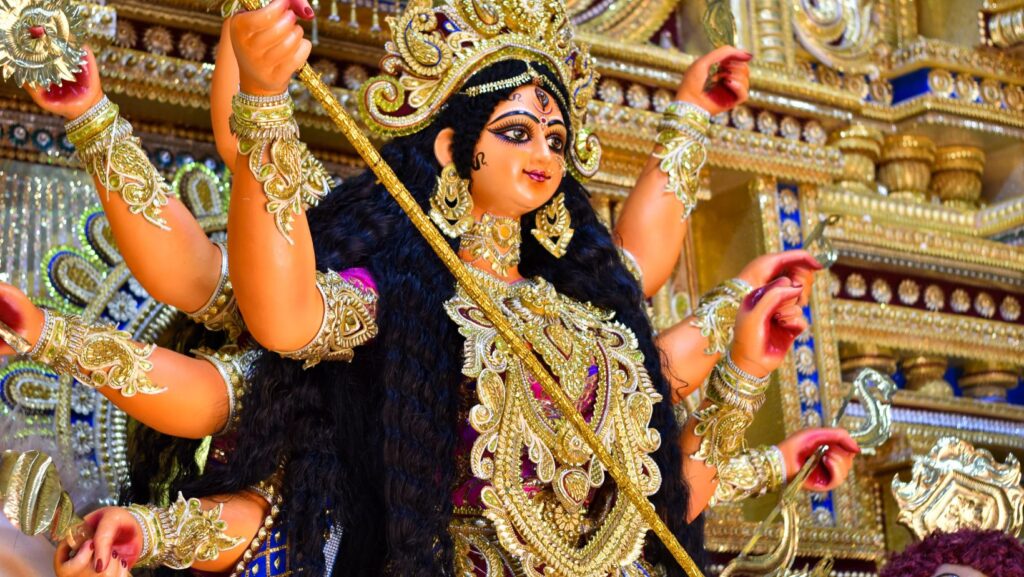
3. Karnataka: Mysore Dasara – A Regal Celebration
The Mysore Dasara festival, which has been celebrated in Karnataka since the Vijayanagara Dynasty, is a renowned celebration of Navratri. At this time, the Mysore Palace is illuminated by thousands of lights, transforming the city of Mysore into a regal spectacle. The festival commences with the Jumboo Savari, a magnificent procession in which the royal throne is carried through the streets by an ornately decorated elephant. The rich heritage of Karnataka is celebrated through cultural performances, music, and dance, which are accompanied by the procession.
Mysore Dasara is not only a commemoration of Navratri but also a tribute to the region’s rich history and traditions. Exhibitions, art exhibits, and performances by distinguished artists comprise the festival. The city becomes a center of cultural activities, drawing visitors from all over the globe. Spectators are left in awe of the grandeur and magnificence of the festival by a spectacular pyrotechnics display that marks the grand finale of Mysore Dasara.
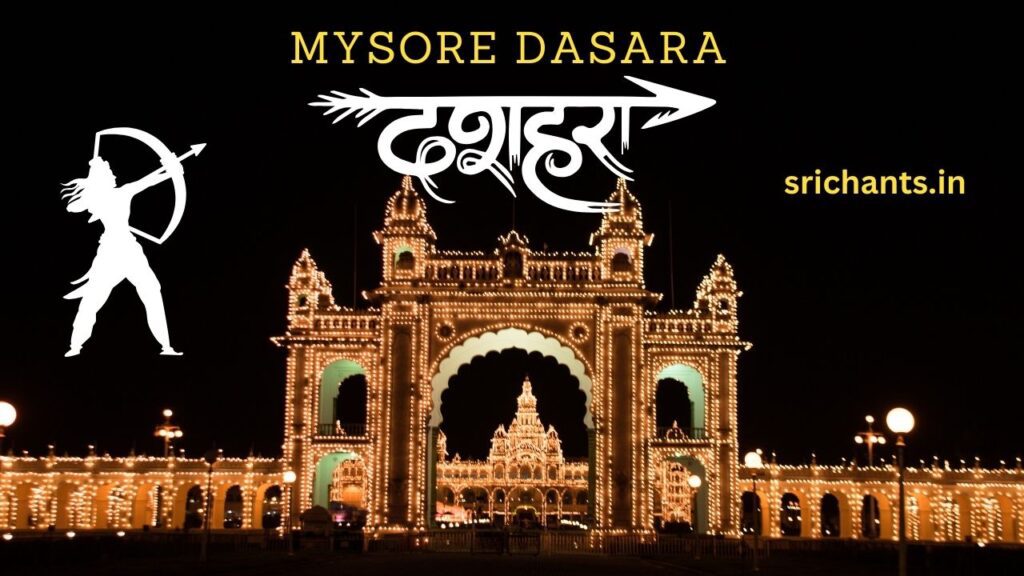
4. Himachal Pradesh: Kullu Dussehra – A Himalayan Celebration
In the picturesque valleys of Himachal Pradesh, Navratri is commemorated as Kullu Dussehra, a distinctive and lively festival that spans seven days. The festival is set against the picturesque backdrop of the Himalayas, showcasing the region’s rich cultural heritage and traditions. The procession of Lord Raghunath, the presiding deity of the Kullu Valley, is the centerpiece of Kullu Dussehra. Music, dance, and ardent devotees accompany the idol as it is transported in a chariot that is exquisitely decorated.
Kullu Dussehra draws a significant number of devotees and vacationers from across the nation. Folk dances, cultural performances, and traditional rituals are all part of the festival. In Kullu, the entire town is ablaze with vibrant colors and jubilant celebrations. The festival not only commemorates the triumph of good over evil but also exhibits the distinctive traditions and customs of Himachal Pradesh.

Image Source: Google Images
5. Tamil Nadu: Golu – A Festival of Dolls and Music
The traditional display of puppets and figurines, known as Golu, is a part of the celebration of Navratri in Tamil Nadu. The dolls are situated on steps and depict a variety of scenes from Hindu mythology. Families extend invitations to their friends and relatives to observe the Golu display and exchange gifts at their residences. The festive ambiance is further enhanced by traditional music and dance performances, including Bharatanatyam.
The commemoration of Saraswati Puja, which is dedicated to the goddess of knowledge and learning, is one of the distinctive features of Navratri in Tamil Nadu. The pursuit of knowledge is symbolized by the placement of books and musical instruments before the goddess’s idol. Ayudha Puja is also a component of the festival, during which tools, vehicles, and instruments are revered as symbols of prosperity and productivity.
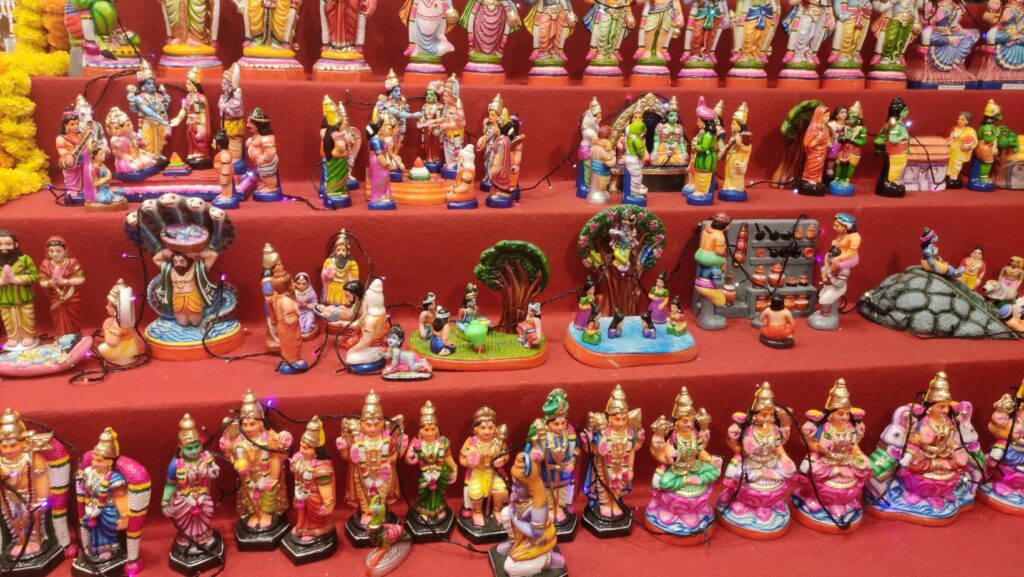
6. Assam: Navratri Bihu and Durga Puja
The vibrant celebrations of Bihu and the grandeur of Durga Puja are combined in Assam to commemorate Navratri, which is a fusion of cultural flavor. The festivities commence with traditional Assamese music, which is accompanied by Bihu dances. Worship of Goddess Durga becomes the primary focus as the festival advances. The city streets are adorned with intricately decorated pandals, and the deity is worshipped with elaborate idols.
Devi Baran, the culmination of Navratri in Assam, is a ceremony in which young girls are invited into homes and honored as a symbolic representation of the deity. The rich diversity and harmonious coexistence of various traditions in Assam are exemplified by this distinctive combination of cultural celebrations.

7. Maharashtra: Ghatasthapana and Navratri Kirtans
The ritual of Ghatasthapana, which involves the installation of a vessel that symbolizes the Goddess Durga, commences Navratri in Maharashtra. Kirtans, devotional songs, and prayers are sung by devotees over the course of nine evenings. The festival is distinguished by lively celebrations, during which individuals convene in community spaces to chant devotional songs and dance. Vijayadashami, the tenth day, is regarded as an auspicious day for initiating new endeavors or pursuing education.
The tradition of exchanging gifts and delicacies among friends and family is also a part of Navratri in Maharashtra. The state’s spiritual fervor and cultural richness are demonstrated through the festival.
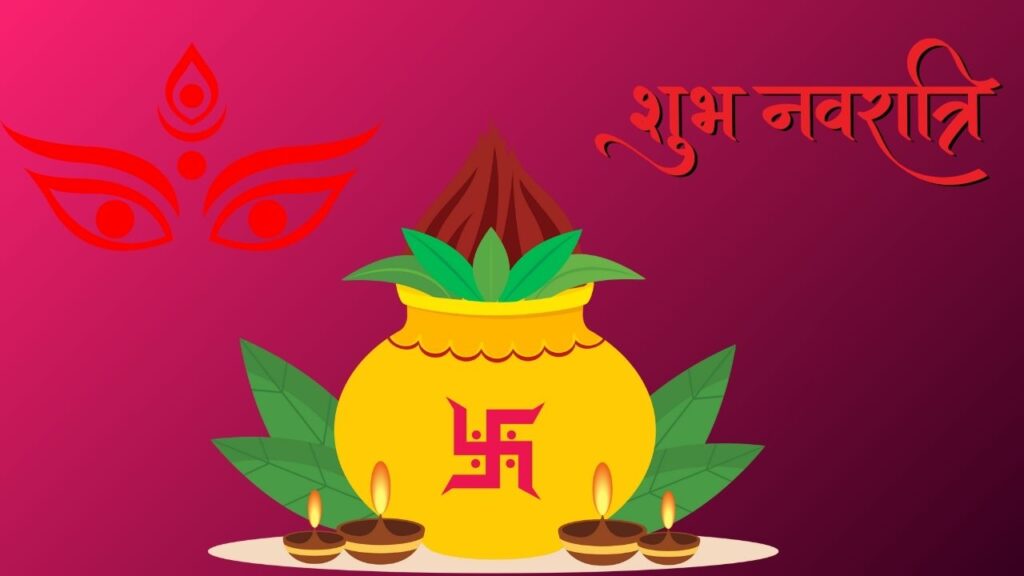
8. Rajasthan: Sirohi Mela – A Blend of Devotion and Festivity
The vibrant Sirohi Mela, a festival that combines religious rituals with festive fervor, is a distinctive celebration of Navratri in Rajasthan. People seek the graces of the deities for prosperity and well-being by visiting temples and offering prayers. The mela is a delightful combination of entertainment and devotion, featuring camel races, traditional music, and dance performances. The fair draws a significant number of visitors who are able to immerse themselves in the rich traditions and culture of Rajasthan.
In Rajasthan, Navratri is a period of celebration and unity, during which individuals gather to commemorate the state’s rich heritage and celebrate the victory of good over evil.
The cultural diversity of India and the spirit of unity among its people are exemplified by Navratri. The festival is enriched by the distinct flavors of each state, which serve to illustrate the diversity of traditions and customs. Navratri provides a diverse array of cultural experiences, including the regal Mysore Dasara in Karnataka, the magnificence of Durga Puja in West Bengal, and the energetic Garba in Gujarat. It is a period during which individuals gather to commemorate, perform, and seek the blessings of the divine, thereby cementing lifelong memories.
Immerse yourself in the vibrant tapestry of cultural traditions that define this auspicious festival and celebrate Navratri in India.
#navratri #celebration
